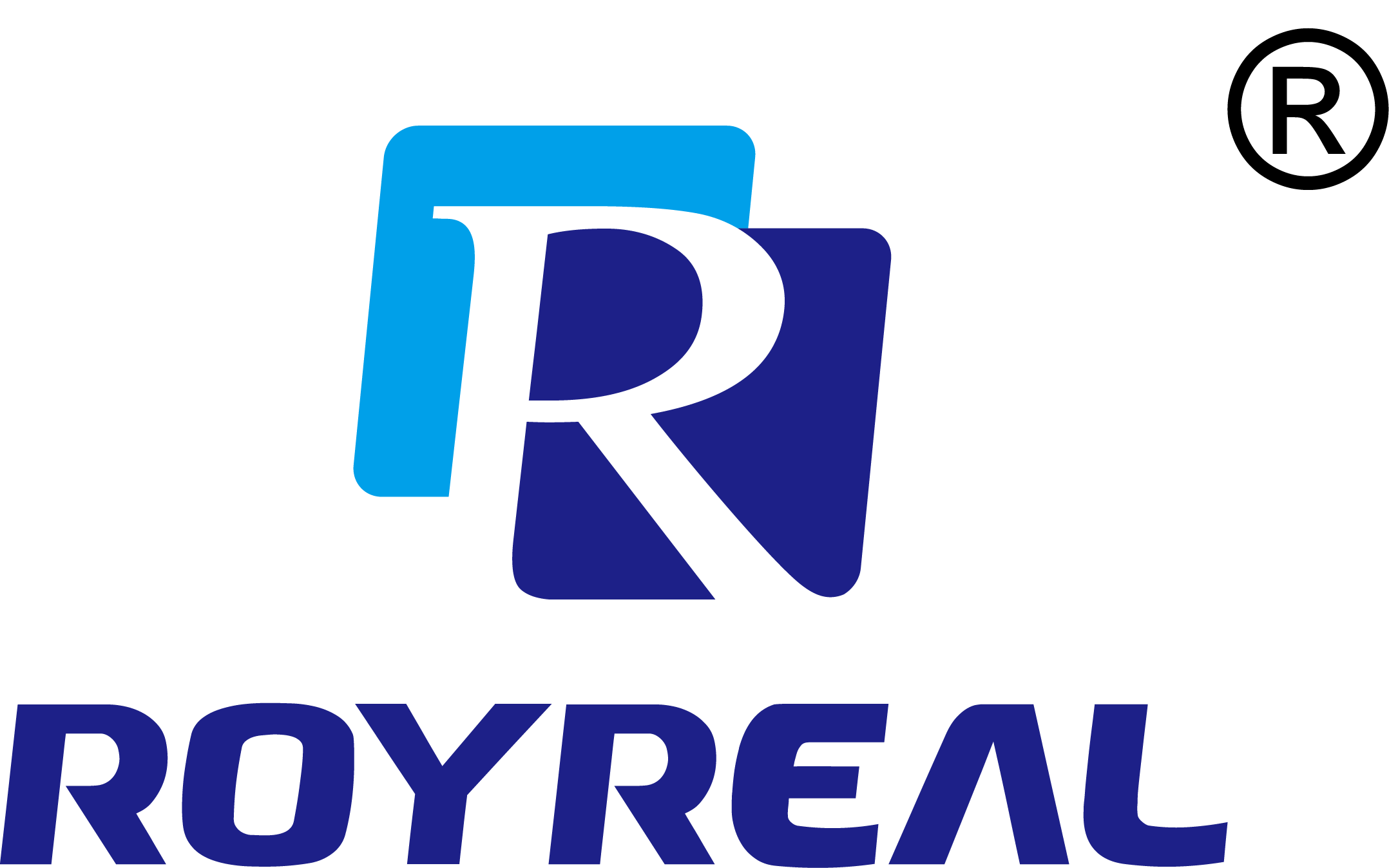Understanding the Working Principle of a Wet Gas Flow Meter: A Comprehensive Guide for Instrumentation Enthusiasts
Category: Industry News
Time:2024-12-09
Table of Contents:
1. Introduction to Wet Gas Flow Meters
2. Components of a Wet Gas Flow Meter
3. Working Principle of a Wet Gas Flow Meter
4. Types of Wet Gas Flow Meters
5. Advantages and Disadvantages of Wet Gas Flow Meters
6. Applications of Wet Gas Flow Meters
7. Frequently Asked Questions (FAQs) about Wet Gas Flow Meters
8. Conclusion
1. Introduction to Wet Gas Flow Meters
In this section, we will provide an overview of wet gas flow meters, their purpose, and their significance in various industries. Understanding the basic concept of wet gas flow meters is essential before delving into their working principles.
2. Components of a Wet Gas Flow Meter
This section will discuss the essential components of a wet gas flow meter, including sensors, transmitters, and display units. Gain an understanding of how each component contributes to the overall functioning of the flow meter and ensures accurate measurements.
3. Working Principle of a Wet Gas Flow Meter
Explore the intricate working principle of a wet gas flow meter in this section. Learn about the different techniques employed by wet gas flow meters to measure the flow rates of gas and liquid mixtures. Dive into concepts like signal processing, phase separation, and mass flow calculations.
4. Types of Wet Gas Flow Meters
Discover the variety of wet gas flow meters available in the market. This section will introduce and explain the working principles of various types, such as differential pressure meters, ultrasonic meters, and vortex meters. Understand the advantages and limitations of each type to choose the most suitable option for your specific application.
5. Advantages and Disadvantages of Wet Gas Flow Meters
Evaluate the pros and cons of utilizing wet gas flow meters in different scenarios. Gain insights into the benefits offered by wet gas flow meters, such as accurate measurements and versatility. Additionally, understand the limitations associated with wet gas flow meters and how they can impact the overall measurement accuracy.
6. Applications of Wet Gas Flow Meters
Explore the wide range of industries and applications where wet gas flow meters find their utility. From oil and gas production to chemical processing, wet gas flow meters play a crucial role in measuring the flow rates of gas and liquid mixtures. Gain an understanding of how these meters are utilized in various real-world scenarios.
7. Frequently Asked Questions (FAQs) about Wet Gas Flow Meters
In this section, we address common queries and provide detailed answers related to wet gas flow meters. From their calibration process to their compatibility with different gases, we aim to resolve any potential doubts or questions that readers may have.
FAQs:
1. How often should a wet gas flow meter be calibrated?
2. Can a wet gas flow meter accurately measure the flow rate of multiple gases?
3. What factors can affect the accuracy of wet gas flow meters?
4. Are wet gas flow meters suitable for corrosive gas and liquid mixtures?
5. Can wet gas flow meters be used in high-pressure environments?
8. Conclusion
In conclusion, wet gas flow meters are crucial instruments used for accurately measuring the flow rates of gas and liquid mixtures. Understanding their working principles and components is essential for ensuring reliable measurements in various industries. By exploring the intricacies of wet gas flow meters, you are equipped with the knowledge needed to make informed decisions regarding their application. Stay updated with the latest advancements in wet gas flow meter technology to optimize your measurement processes and enhance operational efficiency.
Remember to double-check for plagiarism and ensure the content is unique, conversational, and informative. Use bold formatting for headings and subheadings to enhance readability and optimize for search engine rankings.
Keywords:
 EN
EN RU
RU SP
SP
